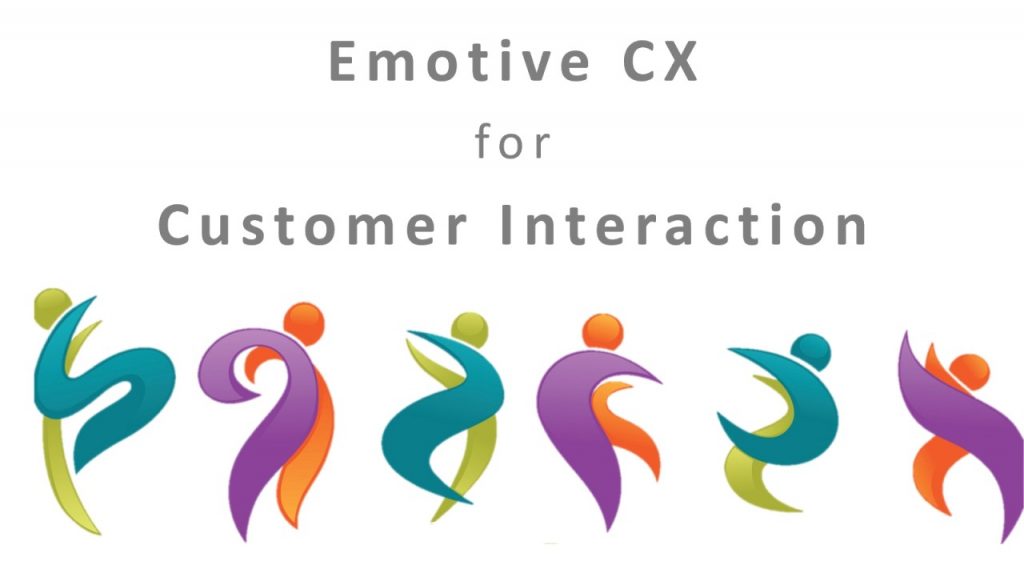
I recently returned to New Voice Media’s annual Cloudfest to report on the progress made with the Emotive CX for Customer Interaction initiative which NVM has been kindly sponsoring. The very first course was launched earlier this with a group that included British Gas, Wonderbill, L&Q, Atom Bank. OCR, Northumbrian Water and John Lewis.
The 30 minute keynote I gave concentrated on the pychology of customer interaction. In particular, what pioneering neuroscientists such as Lisa Feldman Barrett are discovering about the role and functioning of emotion. We devote a whole workshop to it during the course. I find the topic absolutely fascinating. Especially since it upends conventional wisdom on how we generate emotion.
All this matters to the world of customer experience for a number of reasons. The industry is flatlining according to well respected indexes. I believe one of the reasons is a failure to acknowledge that customers have both emotive as well as functional needs and expectations.
Of course brands do recognise this as evidenced by the traditional Christmas retail advert. Or in how they craft the appeal of a sun soaked holiday in the midst of a cold, dark winter. These ‘promises’ have always been emotive. But what about the delivery? This is where the gap sits.
In a world of rising expectations, yeasted by the disrupters, customers are less inclined to stay with an organisation than ever before. ‘Liquid’ expectations as McKinsey puts it. These days, we need to deliver emotion as much we promise it.
So emotions matter. So too do memories. They are filtered reality based on whatever has drawn our attention. These are the parts of an experience we instinctively retain. The peak moments and the end points. It’s one of our brain’s optimsation strategies. Only retain the important stuff.
It will be no surprise that research shows postive emotions strengthen loyalty while negatives ones do the opposite. Since every interaction moves the dial to some degree, organisations are now recognising that emotion can both drive and destroy value. Just a single poor experience can trigger customers according a growing body of research.
Of course that kind of headline needs the context of in-house customer analysis to make it real for each organisation but the general message strikes home. We need to treat emotive CX for customer interaction as a growing priority. One that demands a change of mindset, skill and management.
This brings me full circle back to the course. It worked as well as I dared hope. Better in fact. The six month journey is summarised below. If you fancy a London based open course experience, then we start in January. If the travel and schedule don’t work, then there is an in-house version as well. Especially for those outside the UK.
Both use an online learning platform to house the presentations, assignments and provide the communication channels for on-going mentoring.

I have more details on either if you like the idea. But first, take 30 minutes and a snack to enjoy the video and maybe learn something new about emotions.




